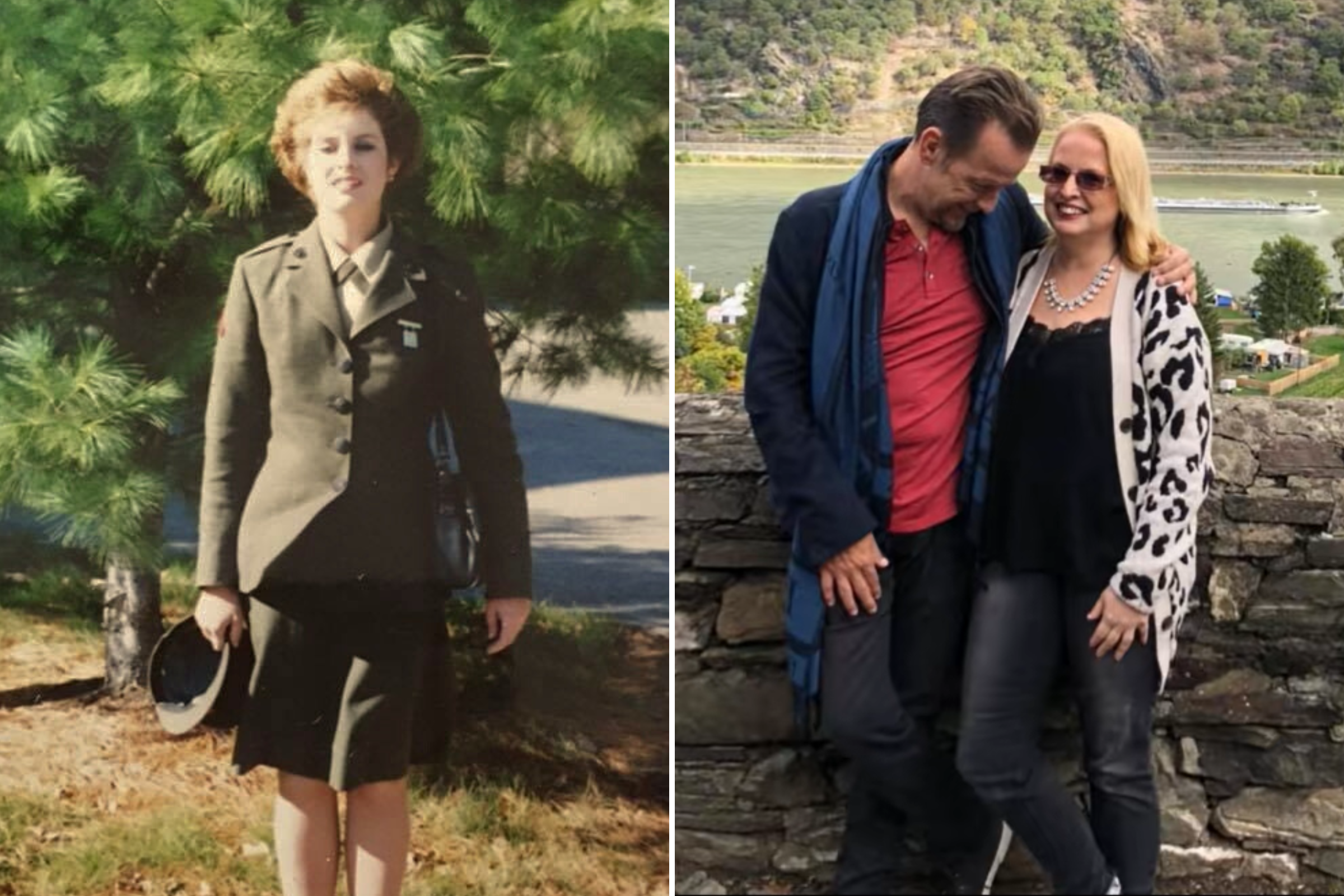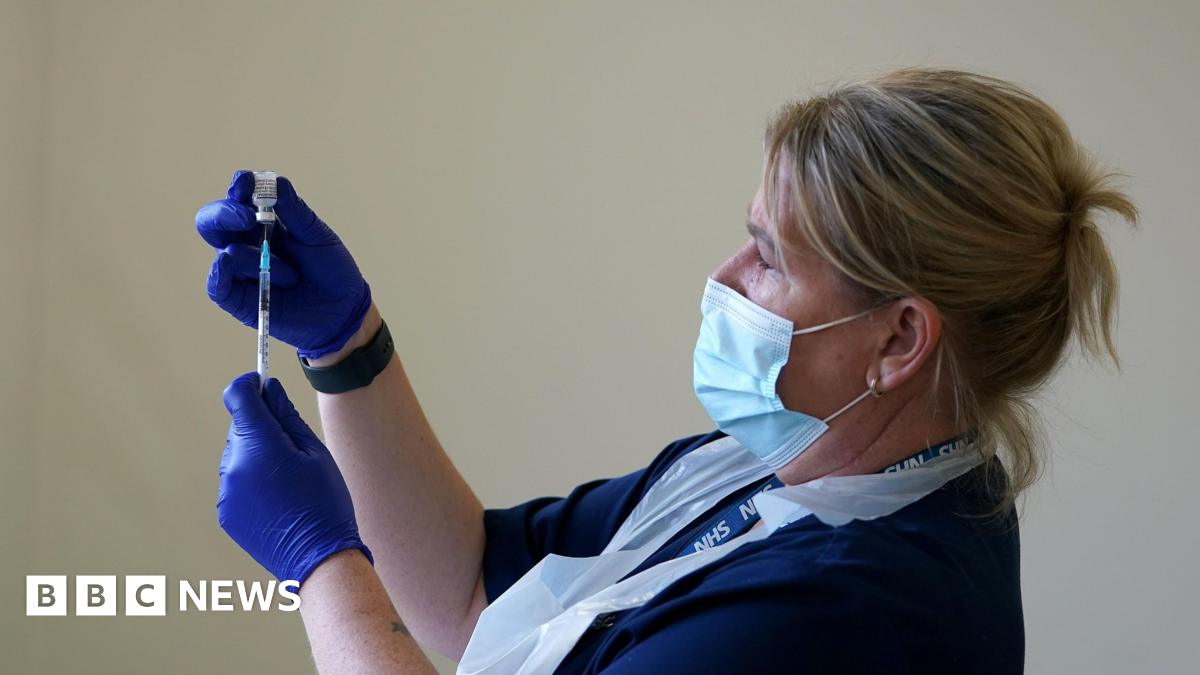Singapore Woman Beats AIDS Odds: From 2 Years to Live to Thriving After Decades of Resilience

Jennifer Comstock's story is nothing short of extraordinary. In 1990, she received a devastating diagnosis: AIDS, with a grim prognosis of just two years to live. The stark reality prompted doctors to advise her to 'get her affairs in order' and prepare for the inevitable. This moment plunged Jennifer into a period of denial, a common response to such life-altering news.
But Jennifer's story doesn't end there. It's a testament to the power of resilience, medical advancements, and unwavering hope. For decades, she defied the odds, living a full and meaningful life despite the challenges posed by the virus. Her journey highlights the significant progress made in AIDS treatment and care over the years.
A Difficult Diagnosis and Years of Denial
Receiving an AIDS diagnosis in the early 1990s carried a different weight than it does today. Treatment options were limited, and the stigma surrounding the disease was immense. Jennifer's doctors, understandably, provided a sobering assessment of her situation. The advice to prepare for the end understandably sent her into a state of denial, a coping mechanism to shield herself from the overwhelming fear and uncertainty.
“It was a shock to the system,” Jennifer has shared in past interviews. “I just couldn’t accept it. I tried to ignore it, to pretend everything was normal.” This denial, while understandable, prolonged her struggle and delayed her engagement with the necessary medical support.
The Turning Point: Embracing Treatment and Support
The turning point came when Jennifer realised that denial wasn't a sustainable strategy. She began to actively seek information about AIDS and explore available treatment options. The emergence of antiretroviral therapy (ART) in the mid-1990s marked a significant breakthrough in AIDS management. ART doesn’t cure AIDS, but it suppresses the virus, allowing the immune system to recover and preventing the progression of the disease.
Jennifer committed to adhering to her ART regimen, a critical factor in her long-term survival. She also sought support from various organizations dedicated to AIDS awareness and patient care. Connecting with others living with HIV/AIDS provided a sense of community and shared experience, helping her to navigate the emotional and practical challenges of living with the virus.
Living a Full Life: A Beacon of Hope
Today, Jennifer is a vibrant and active individual, living proof that a long and fulfilling life is possible with AIDS. She has become an advocate for HIV/AIDS awareness, sharing her story to inspire others and dispel misconceptions about the disease. Her journey underscores the importance of early diagnosis, access to treatment, and ongoing support for people living with HIV/AIDS.
“I want people to know that an AIDS diagnosis isn’t a death sentence,” Jennifer says. “With proper treatment and support, you can live a long, healthy, and meaningful life.” Her resilience and determination serve as a powerful reminder that even in the face of adversity, hope and healing are always possible.
Looking Ahead: Continued Progress and Awareness
Jennifer's story highlights the ongoing need for increased awareness, education, and access to resources for people living with HIV/AIDS. While significant progress has been made in treating and preventing the disease, challenges remain, particularly in reaching vulnerable populations and combating stigma. Continued research and innovation are essential to further improve treatment options and ultimately find a cure.






